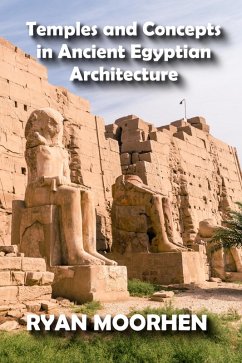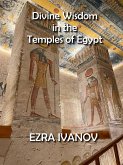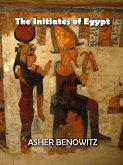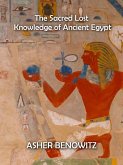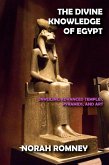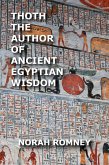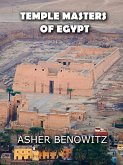A vast wall surrounded these temples, blocking all noise and bustle of the narrow streets of the crowded cities. On each side of the broad road that led up to the great pylon, the principal gateway were rows of lions, rams, or other sacred animals guarding the entrance. Two obelisks stood in front of the gateway and a statue of the king who founded the temple as protector. The door was flanked by two high, square towers sloping inward on either side. They were initially designed for defensive purposes, so the passage through the pylon could be successfully barred against all foes while sorties could be made from postern gates in the wall. Towers were fitted with sockets at the foot where tall masts were mounted. The gaily colored streamers waved in front of the great doors to keep away all evil, just as the Winged Disk, the symbol of the sun, did. These were usually made of wood, a valuable material in Egypt, and swathed in gold. Reliefs and inscriptions painted on the temple's outer walls depicted the deeds of the founder since the temple was as much a personal memorial as it was a shrine to the tutelary deity. An extraordinary court surrounded the pylon, usually only colonnaded on either side, but columns were running down the middle in more prominent temples, such as Karnak. Many citizens had the right to attend the great festivals held here. The hypostyle was entered by a low doorway, the windows close to the roof, so the light was dim, whereas the sanctuary was utterly and profoundly dark.
Dieser Download kann aus rechtlichen Gründen nur mit Rechnungsadresse in A, B, CY, CZ, D, DK, EW, E, FIN, F, GR, H, IRL, I, LT, L, LR, M, NL, PL, P, R, S, SLO, SK ausgeliefert werden.

